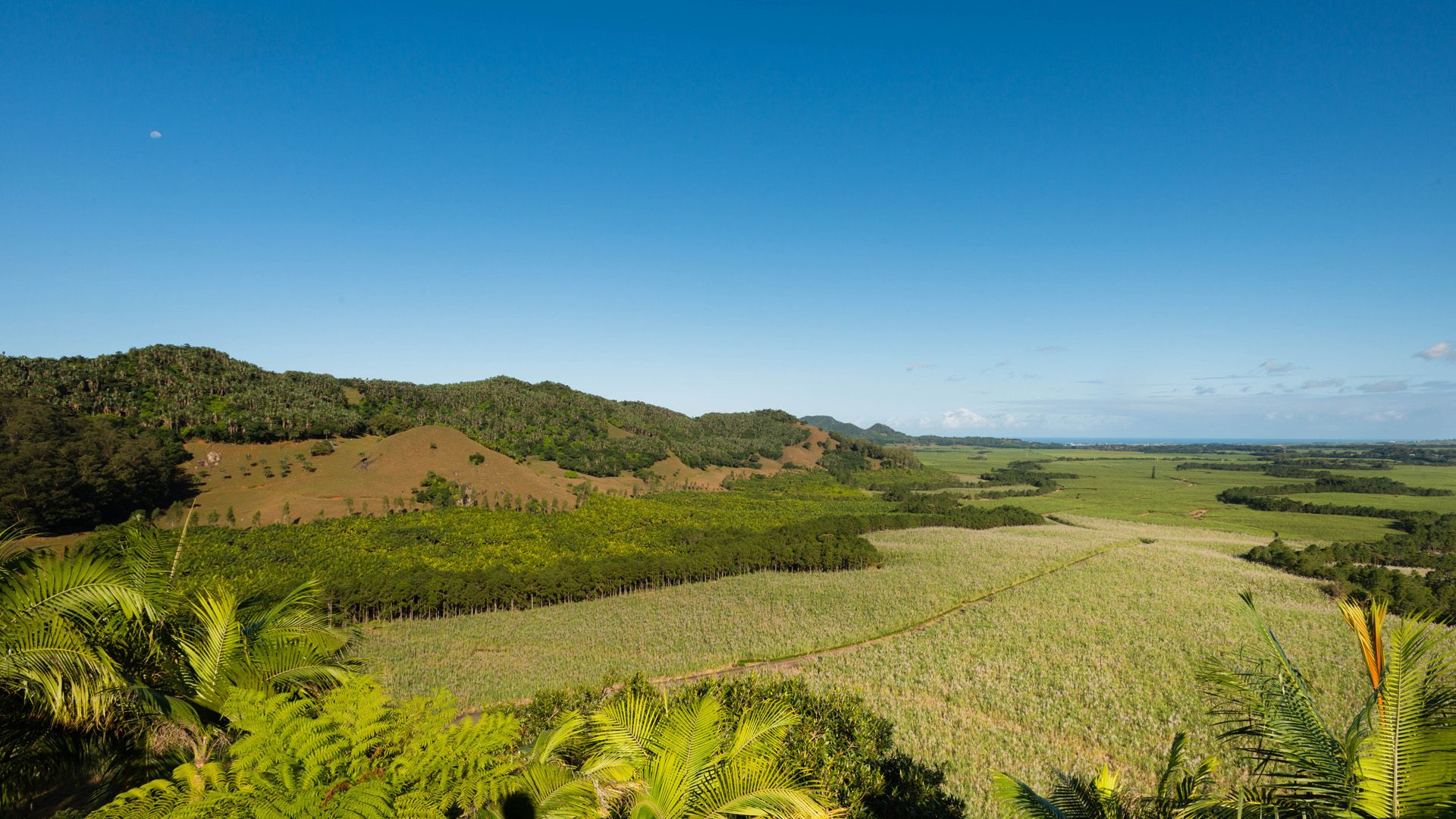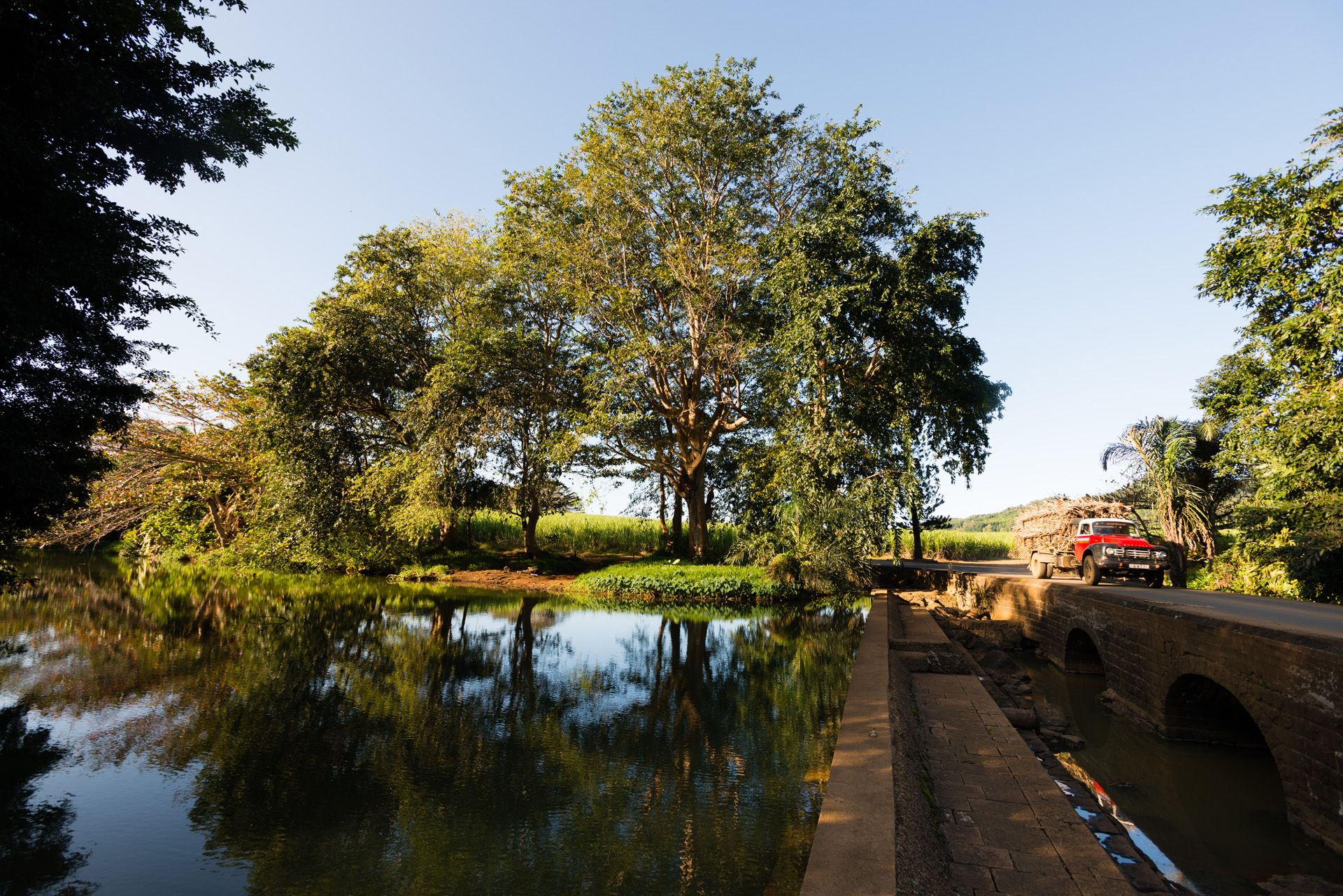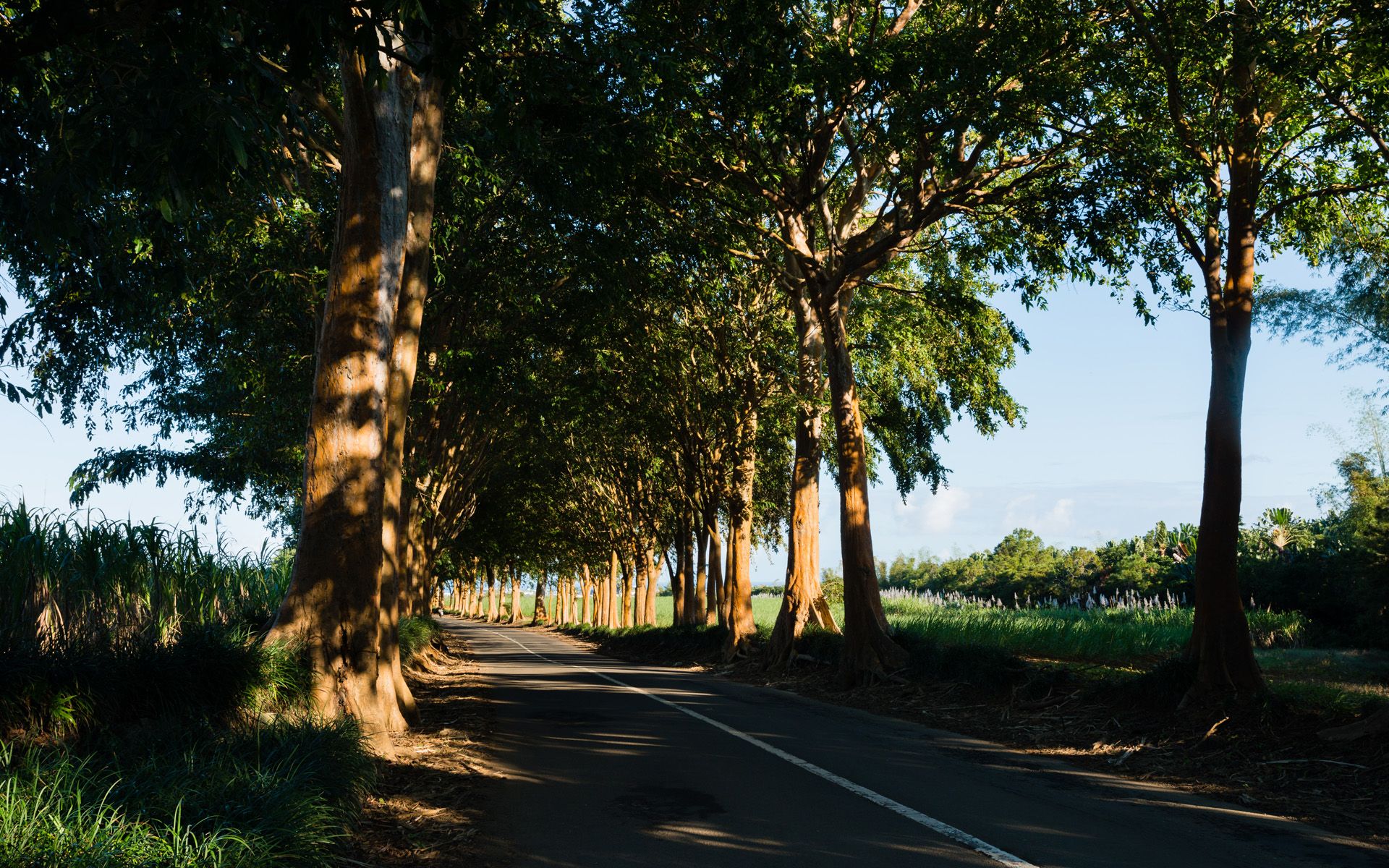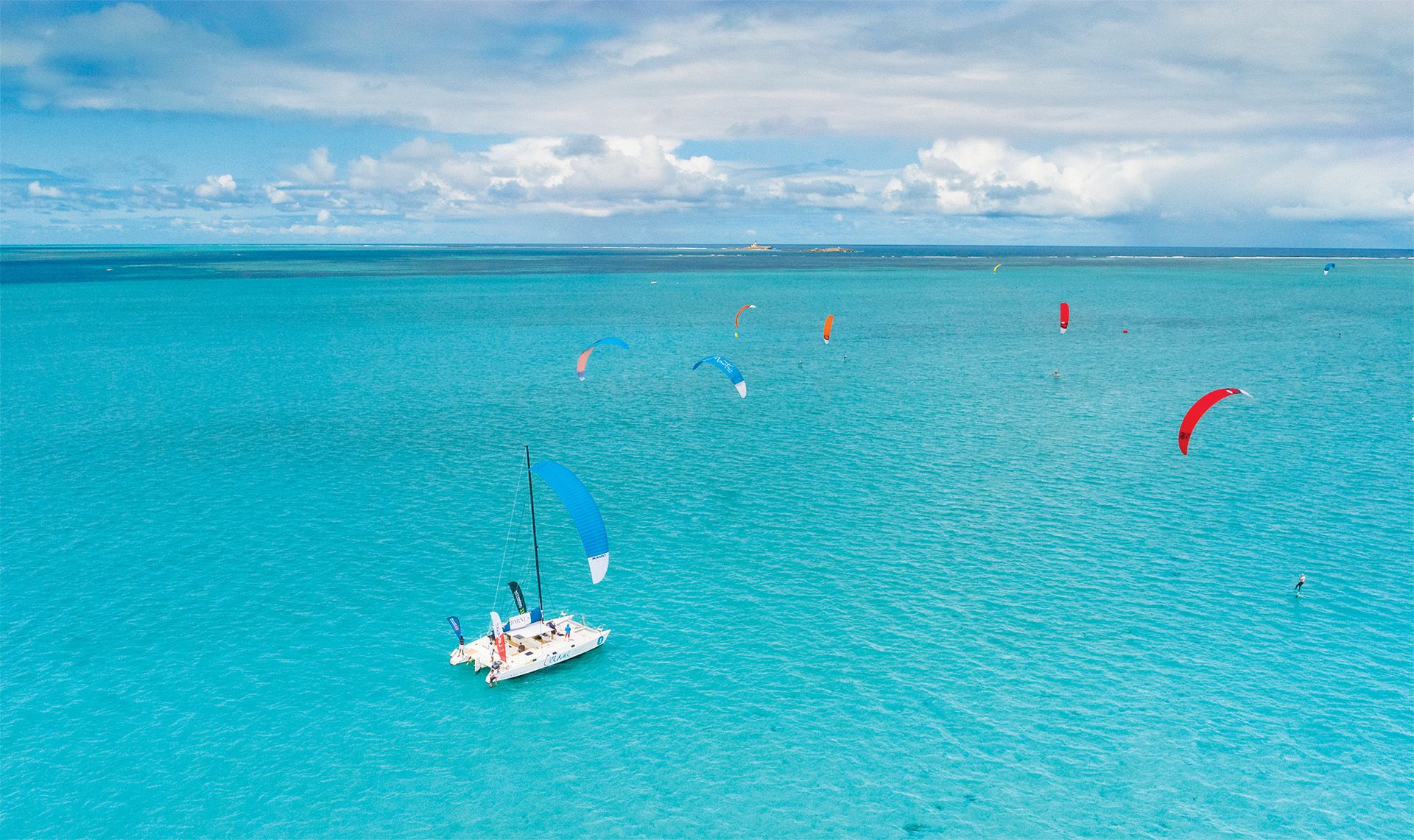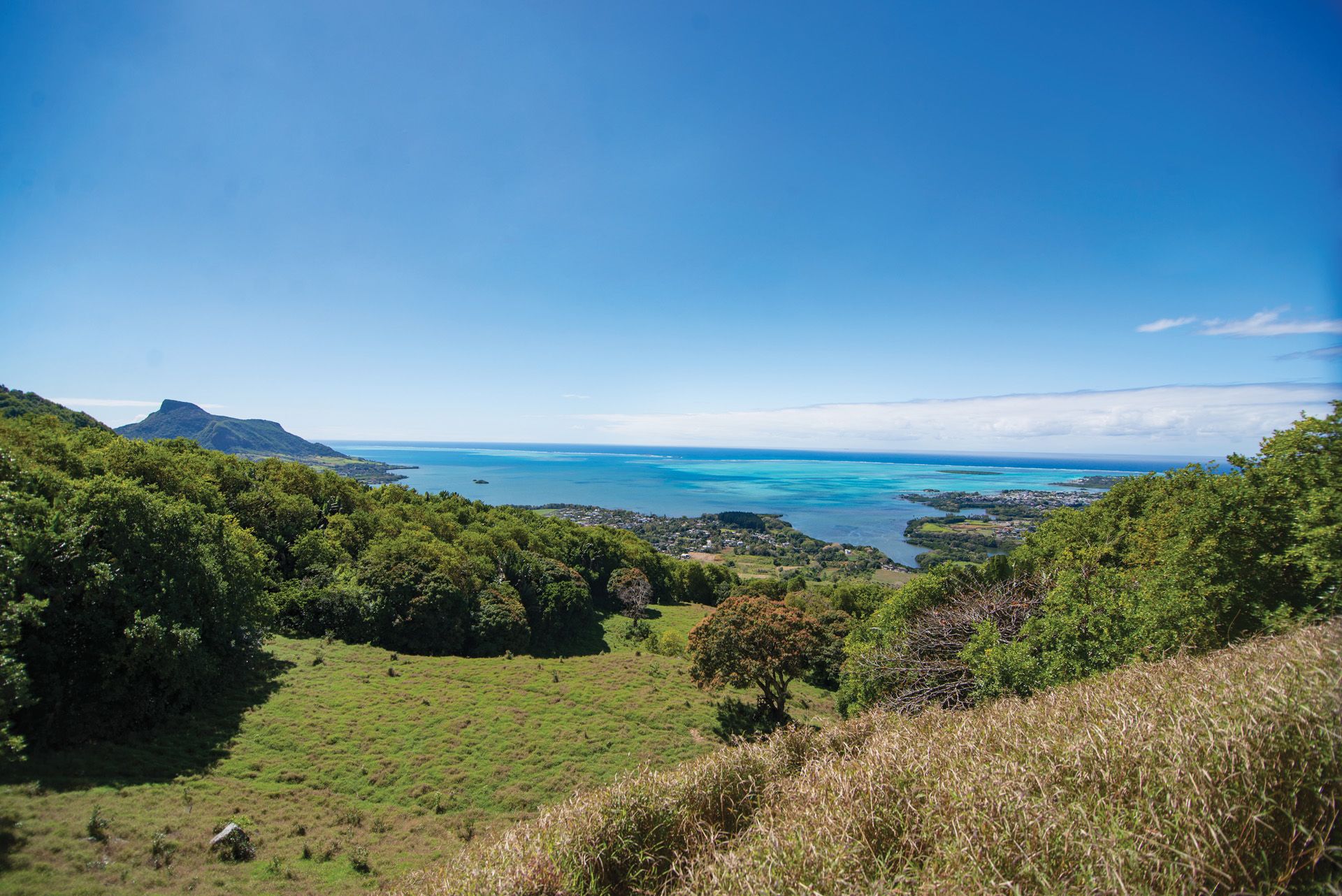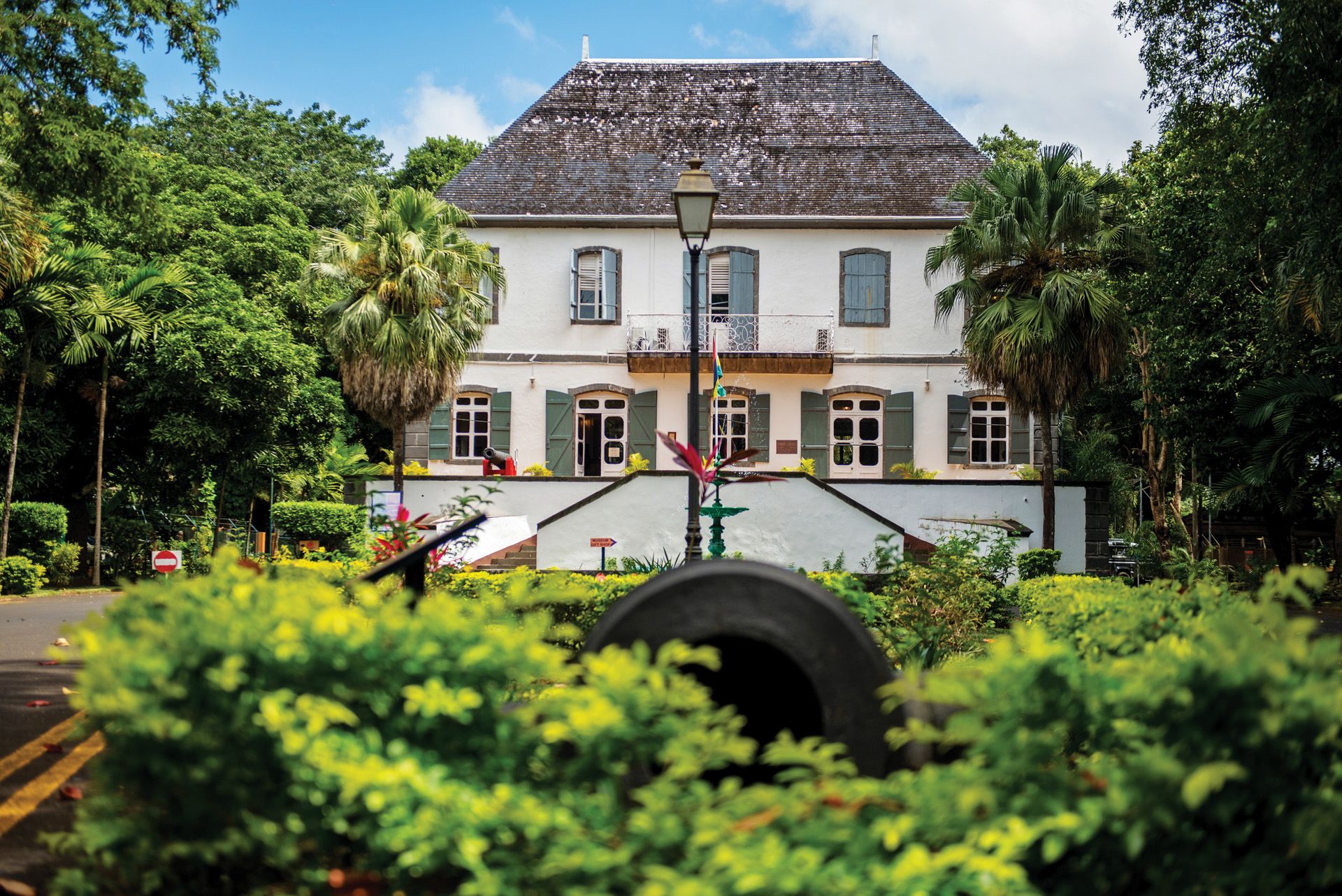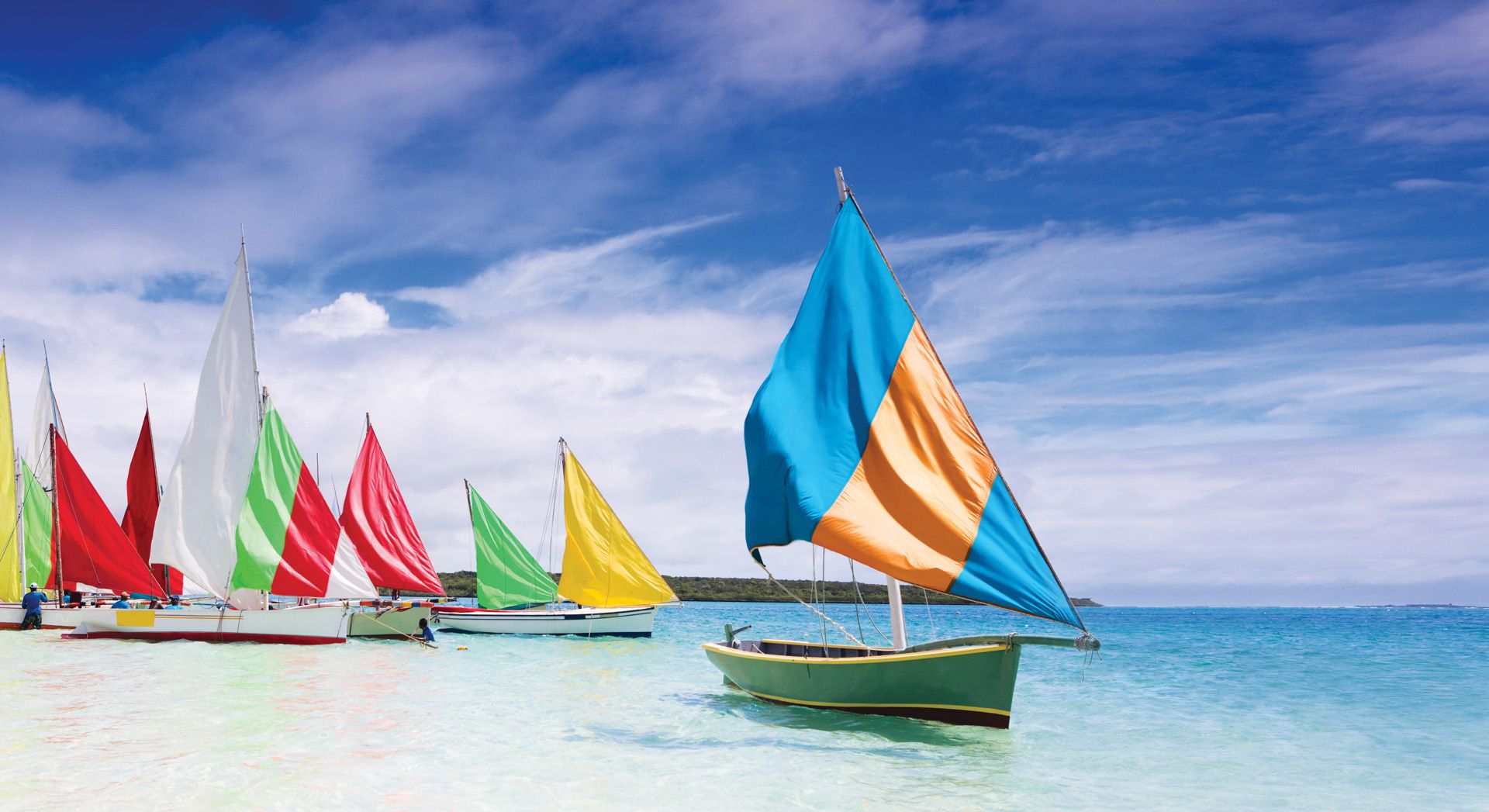Follow us
The cradle of the
Mauritian history
A diversified group with a rich heritage, Groupe Beau Vallon has been a part of the Mauritian economic landscape for over 200 years. As a key player in the South-East region, the Group adeptly diversified and is now centered around four main sectors: agri-business, hospitality, property, and leisure.
The cradle of the Mauritian history
The South-East is the cradle of a significant part of Mauritius’s history with the first Dutch landing. When the island became a French colony in 1715 – five years after the Dutch decided to abandon it – a small port town named Port Sud-Est became the capital. Renamed Mahebourg in tribute to Mahé de La Bourdonnais, the French governor of the island, the town retains many traces of its historical past.
The South-East is steeped in French history. Simply gaze at the fortifications of Île de La Passe and the cannons at Pointe du Diable, take a few steps in the garden of Château de Riche-en-Eau, or wander the streets of Mahebourg to travel back in time. To unveil this historical past, the Mahebourg Naval Museum welcomes visitors, showcasing a collection of artifacts recovered from shipwrecks of naval battles, including the Battle of Grand Port in 1810, the only French naval victory of the Napoleonic wars.
The authentic South-East
The South-East boasts an abundance of natural wonders and historical landmarks. From mountains and sugar cane fields to pristine sandy beaches and well-preserved historical sites, the region offers a diverse array of colors and landscapes.
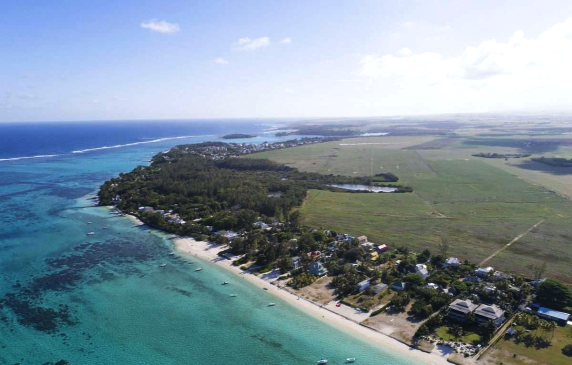
Preserved marine treasures
The South-East is home to one of the most beautiful lagoons on the island: the Mahebourg and Pointe d’Esny lagoon. Water sports enthusiasts will find it an ideal spot. History buffs can uncover the secrets of Grand Port Bay through preserved islets like Île de La Passe and Île au Phare, where the famous Battle of Grand Port took place. Nearby, Île aux Aigrettes, a nature reserve, serves as a conservatory for the island’s endemic flora and fauna. For those who wish to admire coral gardens, dive into the heart of the Blue Bay Marine Park and explore the entire lagoon.
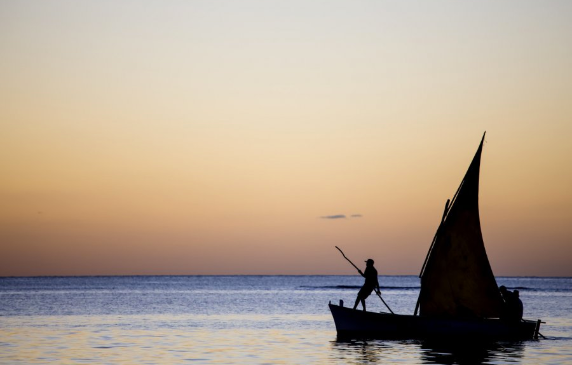
A region defined by authenticity and serenity
What would this region be without Mahebourg? An authentic fishing village with its checkerboard streets and houses showcasing typical French colonial architecture, it stands as a testament to a rich history. The village stands as a witness to a rich history which blends with lush nature; from the sugarcane fields to the hunting grounds of Riche-en-Eau on one side, to the Ferney Valley on the other.
Photo Gallery
Through our collection of images, explore the South-East and discover the landscapes of the region, its natural, cultural, and historical treasures.




